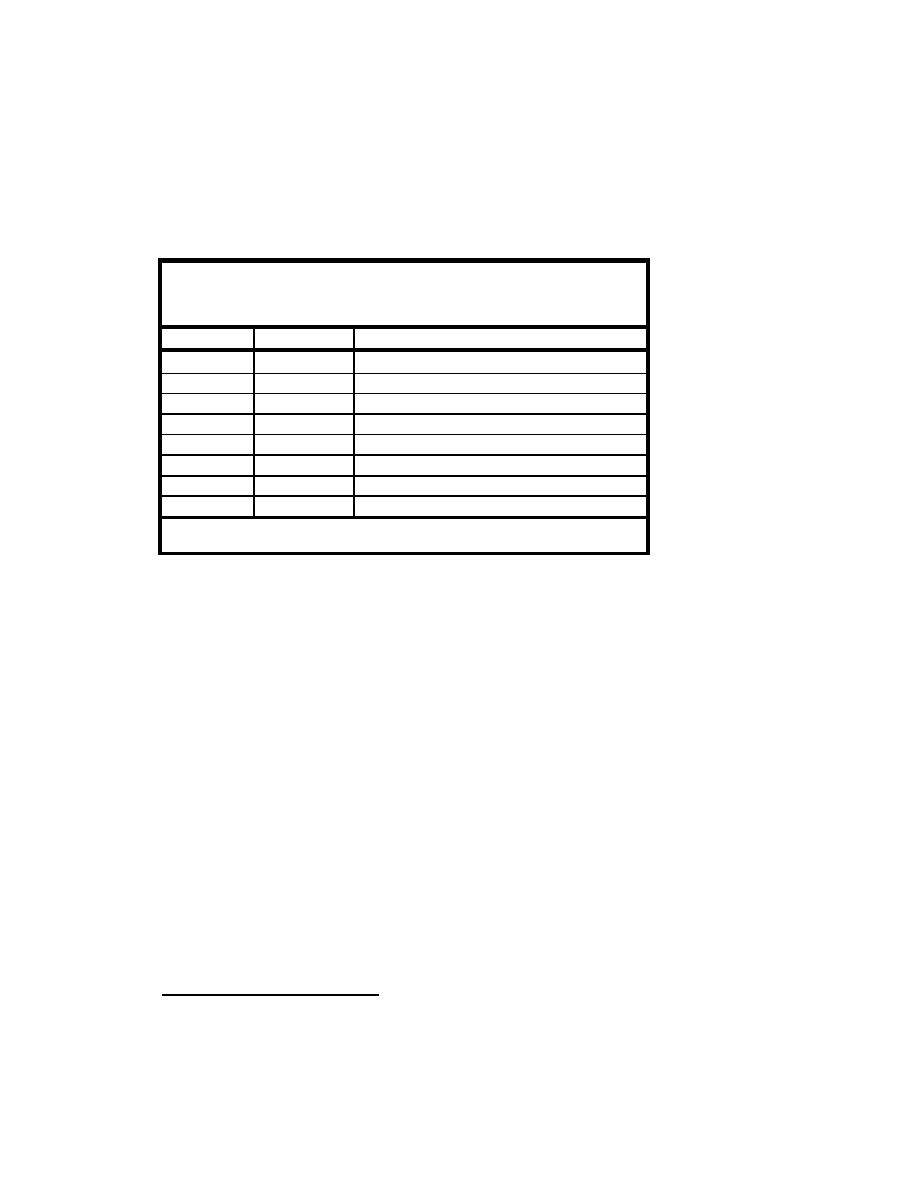
primary motivation for dredging was not necessarily to prevent inlet closure. The town
undertook annual dredging because the sediment found in Goldsmith Inlet, which is
coarser than that found in the beaches, was considered a good source of material for the
eastern beaches. Dredging activities at Goldsmith Inlet are summarized in Table 2-9.
The Town of Southold has dredged Goldsmith Inlet annually since 1991, with the
exceptions of 2002 and 2003.
Table 2-9
Goldsmith Inlet Dredging History (Augmented from Fields
et al. 1999)
Date Dredged
Volume (cu yd)
Placement Location
1977
4,000
Goldsmith Inlet beach, directly east of inlet
July 1980
3,720
Goldsmith Inlet beach, directly east of inlet
June 1982
6,000
Stockpiled west of inlet, removed off site
July 1985
2,640
Goldsmith Inlet beach, directly east of inlet
June 1987
4,800
Stockpiled and trucked to Kenneys Road Beach
June 1989
4,320
Stockpiled and trucked to Kenneys Road Beach
June 1990
NA
Stockpiled and trucked to Kenneys Road Beach
March 2004
Approx. 5,000
Goldsmith Inlet beach, directly east of inlet
Records not available after 1990. It is estimated that approximately 5,000 cu yd of
sediment was dredged annually and trucked to Kenneys Road Beach.
Since 1964, the jetty has gradually deteriorated. Lack of maintenance has caused the
jetty to become porous and lower. Jetty degradation and impoundment of sediment on
the west side of the jetty (Figure 2-28) have apparently led to greater sediment intrusion
assumed that the increased sediment intrusion has resulted in continually increasing
dredging volumes since the mid-1990s. The increased sedimentation and lack of recent
dredging have resulted in an inlet that is continually approaching closure.
The unusually cold weather of the winters of 2002 and 2003 may have contributed to
delay closure by the buildup of ice along the shore that reduced wave action and sediment
transport towards the jetty and inlet. Orientation of the inlet entrance to the east may
reduce the effectiveness of the flushing action of the ebb tide by lengthening the channel,
but may be beneficial overall for maintaining inlet stability, discussed in Chapter 6.
1
Personal communication, 24 March 2003, Mr. James McMahon, Community Development Director, Town
of Southold.
41
Chapter 2 Study Area and Physical Setting



 Previous Page
Previous Page
